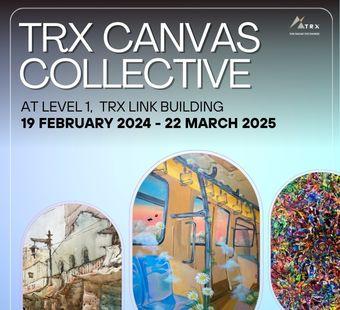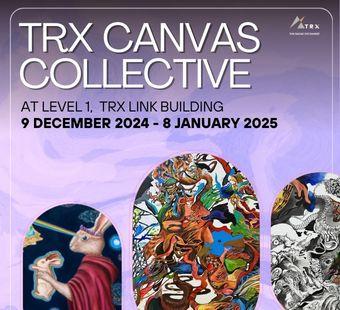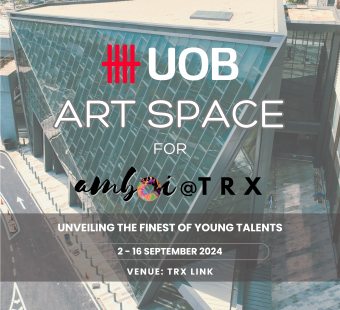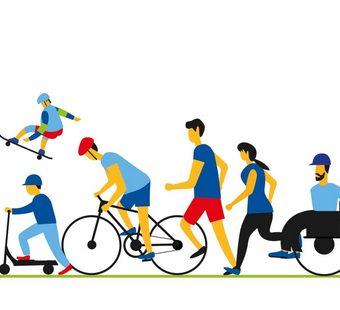Sixteen years ago, the Urbanscapes Festival debuted at a now defunct venue in the city centre. The start may have been small but today the Festival is a much-loved and anticipated event in Kuala Lumpur’s (KL) annual calendar, due to its all-embracing philosophy on the creative arts.
“Our aim has always been to bring together creative communities in the country and beyond, from the fields of music, arts, design, film and other creative disciplines,” festival founder, Adrian Yap says.
Making its mark on KL
The Festival started to make a name for itself during the three years it was based at the Kuala Lumpur Performing Arts Centre (KLPAC) from 2008 to 2010. The scenic grounds and sophisticated infrastructure provided the perfect venue for the arts and music to cross-pollinate. The KLPAC years retained a resolutely local feel featuring such highlights as homegrown superstars, Yuna, Zee Avi and Hujan performing live.
Yap also remembers fondly a dramatic angkat rumah event in 2010 where a small wooden house was carried by approximately 250 people along Jalan Ipoh. Breaking with the angkat rumah tradition, modern assistance came in the form of a crane that was on hand to lift the house over the KLPAC guardhouse on the journey to its new home in the KLPAC building.
A new era of international acts
In 2012, Urbanscapes expanded its scope beyond the region by announcing illustrious Icelandic post-rockers Sigur Rós as the headliners. Musician, Omar Saifuddin, describes being in the audience at the time as a euphoric experience. He has since gone on to take part in the festival himself, performing in 2017 and 2018 with local bands, Ramayan and Prasasti.
“The Festival allows for a whole new culture which brings people together from all over Malaysia and overseas.”
The success of 2012 led to an international line-up every year since including top acts like Franz Ferdinand and Tame Impala.
A burst of the arts
At the same time, the festival’s arts offerings have expanded significantly. From 2016, as activities moved beyond one central venue to various satellite locations, disparate artistic projects and dynamic partnerships sprang up over the two-week festival period.
KL Live hosts the showcase of international musical acts, and another anchor venue, the Art Deco 2 Hang Kasturi building, dubbed the Urbanscapes House, focuses on local arts, culture and music.
Another highlight in 2016 was the free all-day closing party that spilled out from the Urbanscapes House onto the public square, Medan Pasar, culminating with Malaysian indie legends, OAG, performing to a rapturous crowd.
More and more venues, acts and artistic endeavours have been added in 2017 and 2018, anchored once again to KL Live and 2 Hang Kasturi, but extending all across the city, taking in smaller venues like Merdekarya and Live Fact.
Visitors can now enjoy everything from stand-up comedy to fashion showcases, light-and-sound installations to literary discussions, photo-essays on social issues to experimental architectural structures.
For the last two years, Sharmin Parameswaran has worked with the Festival to bring in a strong visual arts component.
“By bringing a multi-disciplinary, all access arts festival into the heart of KL, it breaks down barriers of perceptions and perhaps intimidations relating to the ‘arts’,” Parameswaran says. “Additionally, thinking about an audience who is coming to a festival with a mindset to experience and discover.”
An urban fixture
As has become expected, an international star - this time five-time Grammy nominee, Khalid - headlined the 2018 Festival to a sold-out crowd, supported by local electronic music act, alextbh.
The final weekend sees another creative collaboration, this time with Bangsar’s Riuh street fest coming to the River of Life waterfront for the first time. Pop-up stores, artisan crafts and performances will enliven the historic city centre, with an impressive backdrop of the majestic colonial-era architecture of the Sultan Abdul Samad building and Masjid Jamek.
The end result for any visitor to the Urbanscapes Festival is a metropolitan tapestry of interwoven and diverse creative endeavours, littered throughout the city.
“You can say we truly have explored all kinds of concepts and approaches, but I think we’ve finally arrived at a format that we are really happy with,” Yap explains. “We’ve always been a KL-centric festival with the main objective of telling the stories of KL - its people, spaces, talents and creativity. "And this format allows us to be more accessible to many more people with lots of free content,” he concludes.








